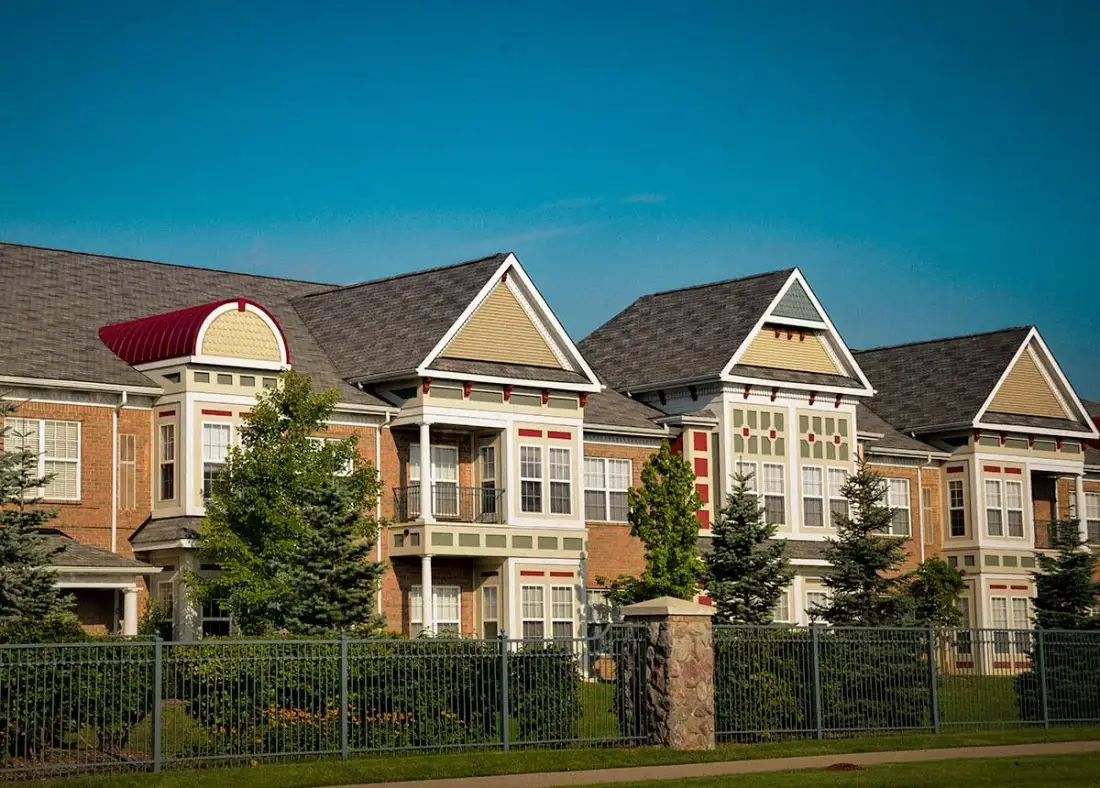Your journey to energy efficiency starts here
Discover free tailored tools and resources to help your business in the aged care and retirement living sector save money and be more energy efficient.
Oceania says 'Hello' to clean and clever technology
3 minutes
Retirement and aged care living provider, Oceania, is upgrading to cleaner technologies in their facilities across New Zealand.
Oceania’s Head of Sustainability, Stephanie Spicer says the company is working hard to embed sustainability into its DNA – in both its new building program and in its existing facilities.
Tools and resources
These tools and resources have been developed with support from the Retirement Village Association of New Zealand (RVA) to help reduce emissions sector-wide.
The Aged Care and Retirement Living Decarbonisation Pathway takes an energy efficiency first approach. While the end goal is to move away from fossil fuels, taking steps to improve existing processes, equipment and operations will make the transition more efficient and cost-effective.
The pathway has been broken up into 5 steps, which provide key information for New Zealand aged care and retirement facility owners and managers, no matter how far along the decarbonisation journey you are.

Step 1: Increase engagement and awareness
Understanding the emissions impact of aged care and retirement living is a key step towards beginning your decarbonisation journey. Having awareness of which processes are carbon intensive can help identify your opportunities. Whilst engaging your staff and including them on the journey is proven to increase results.
Step 2: Measure emissions and set targets
Knowing what to measure and how to measure it is an important step in decarbonising. In this section, find resources and tools to measure and account for energy consumption and see how you can set energy targets for your facility moving forward.
Step 3: Optimise equipment and improve processes
Reviewing and adjusting the way equipment performs can be a big win for energy reduction, as well as cost and productivity. Additionally, to improve processes, opportunities should be provided for staff to upskill, alongside workforce planning and development.
Take a look at two webinars that bring the energy optimisation checklist to life with some examples from aged care and retirement facilities, and options for energy reduction.
Step 4: Reduce energy demand
New technology or upgrades to existing processes can reduce energy demand. It is important to reduce the demand for energy prior to switching fuels, so that the energy demand for fuel switching is as minimal as possible.
This step looks at equipping businesses with the latest international innovations in their space to reduce the demand on energy.
Step 5: Switching to renewable energy
Fuel switching is the final step to decarbonising. By following steps 1-4, you'll be in the best position to make an informed decision about fuel switching, in the most cost-effective way.
Wayfinder
-
Stay up to date as we release new resources
-
Find other support opportunities
-
Browse sector pathways

